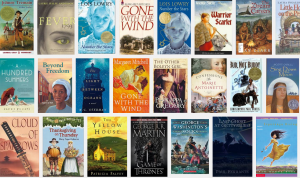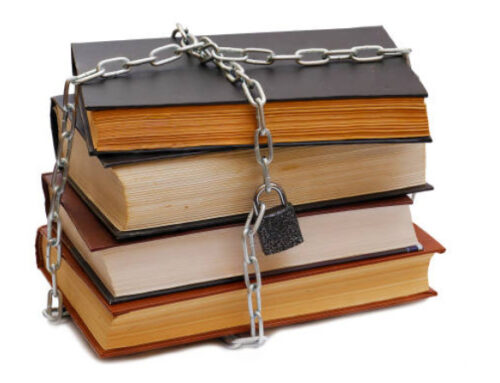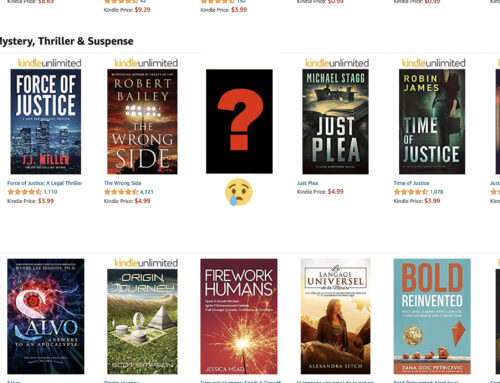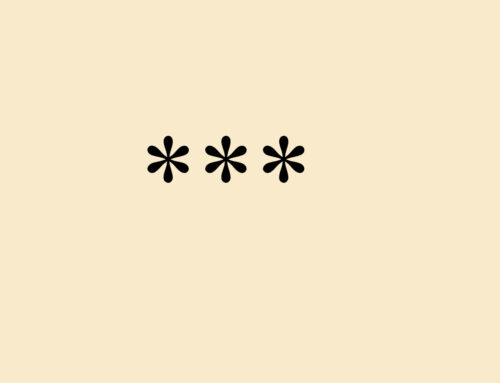
1. Etymology
Etymology tells us about the birth of a word into common use. If you use a word that did not exist in the time period you are writing about, your book is going to sound pretty silly to the hardcore historical fans. You can check when a word came into usage with this handy online etymology dictionary.
2. Timelines
Here’s a really simple example to illustrate. If your character is working in an office in New York in 1980 and meets John Lennon on his lunch break on December 10, this is going to be wrong because John Lennon was assassinated on December 8. This gets far more complicated when you are dealing with say, Anne Boleyn’s whereabouts in 1531, but you must get these details right because your readers will know if it’s wrong and will complain. Don’t assume it’s so far back in time nobody will notice. If you can’t find out, don’t use that detail.
3. Etiquette and culture
There is a lot of etiquette in times gone by we have forgotten or never knew. Be careful that you have fully understood how people ate, drank, said prayers, and even how they kissed. You would be surprised how many cultural issues you are throwing up just by setting your novel in another time or place. Try The Smithsonian’s website for a starting point or maybe the Mass Historia site here for another lead into the massive subject of hat etiquette from expert Walter Nelson, as an example. This subject is almost bottomless!
4. Fashion
There are lots of fashion rules in societies all over the world that you need to consider. For instance, it was law in Elizabethan England to wear certain colors depending on your class status. The highly useful Elizabethan Era website says, ” Gold, silver, crimson or scarlet, deep indigo blue, violet colors and even deep black and pure white colors were only worn by the highest nobility in the land.” If you want your peasant maid to be wearing a deep blue gown, be aware she’s acting illegally!
5. Colloquialisms
This harks back to my etymology point, but is another way to add authenticity. Find words used as nicknames or trending words, and you will make your characters seem rounded and real. This article from Flavorwire discusses historical colloquialisms from the Oxford English Dictionary (OED).
6. Calendar
If you want to share a date with your reader, make sure you get it right. For instance, the Battle of Waterloo was on 18th June, 1815. But what day of the week was it? A Sunday. You can use this calculator from Searchforancestors.com to calculate any date’s day of the week.
7. Places
If a place exists now, it doesn’t mean it existed in the past and vice versa. For instance, Mansion Street in Camberwell, London existed until some time after WWII, and now has been flattened and built across with new blocks of apartments. By the same token, if you set your book in the country of Myanmar, you must be aware that any book set before 1989 would call it Burma. Place names and locations move around and are renamed constantly, so you must check on maps and in books. Google Earth is one of the most useful places to start for actually seeing locations in the present, but Chronoatlas gives you a world map any time in history with photos and Atlas of World History helps with borders, as does Euratlas.
8. Food
There were no bananas in certain parts of Europe in WWII, and rice and corn were brought to the Americas by Europeans in the 1500s. Be careful when characters eat in your scenes – don’t just have them feasting on meats and drinking wine. It could be you are in a region of the world at a time when certain meats or wine was not even allowed, or maybe not even the usual food at a feast. The wonderful Historic Food website has some good links and may help you start looking into this.
Get an Editorial Review | Get Amazon Sales & Reviews | Get Edited | Get Beta Readers | Enter the SPR Book Awards | Other Marketing Services






















Leave A Comment